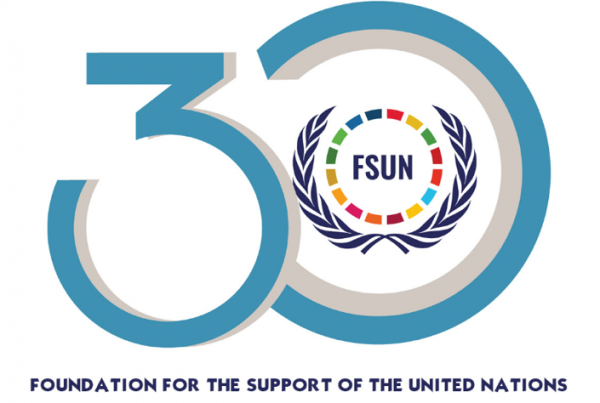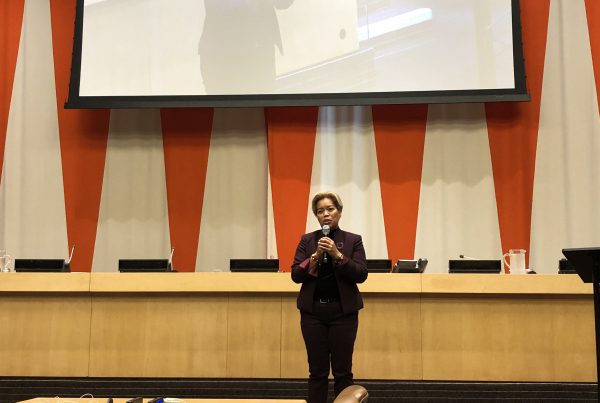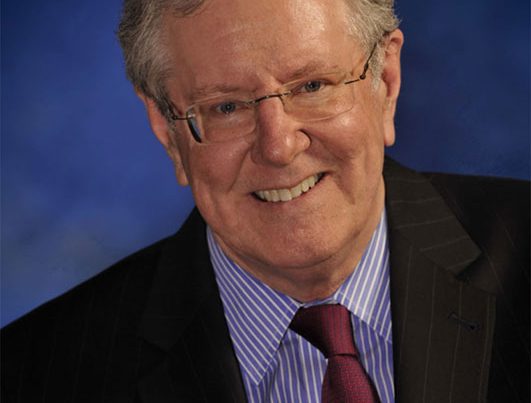When you look at the 17 Sustainable Development Goals set by the United Nations, you will notice that the first goal is End Poverty. You may ask yourself why ending poverty is the first goal? Why education, for example, is not the first goal? Or hunger? Please, allow me few minutes from your precious time to answer this question briefly. Poverty is the first Sustainable Development Goal (and should be) because it is the mother of all problems. Poverty does not just mean lack of income or monetary resources; poverty means malnutrition, lack of education, no access to good health services, no participation in the policymaking or social life and no social mobility. The effects of poverty are wider than what we can imagine, it directly impacts every aspect of the individual’s life.
In order to imagine the effects of poverty on the long- term, we should examine its impact on children and youth, for they are the future of the world. Children who live in poverty are at higher risk of malnutrition, which leads to several health problems such as weak immune system and changes in the cardiovascular system. But when they suffer health problems, they may not have the means that allow them to receive the appropriate treatment, so their lives may be at a higher risk. Poverty also deprives children from having a normal social and emotional development. In some regions, it is dangerous for children to play outside their houses or there is no place to practice sports or interact with other children, so they begin to develop behavioral problems. As a consequence, they are more likely to experience low academic achievement and are less likely to graduate from high school and get to college. For most children, poverty also means neglect because they do not have enough attention from their parents who are often distracted from their parental duties by the attempt to put a meal on the table.
And now close your eyes and try to imagine the future of our world where 387 million children live in the conditions described earlier. If we do not put an end to poverty, then we agree to lose millions of teachers, scientists, leaders, artists, doctors, lawyers, politicians, investors, and the lust goes on. We agree to lose a tremendous human resource that can change the world. When we look at poverty through the lens of childhood, we realize how severe is the problem.
You may think that the world has improved and that more resources are available now to people who live in poverty to help them escape from their bad conditions. That is correct. According to the World Bank, “nearly 1.1 billion people have moved out of extreme poverty since 1990”. However, that is not worldwide. There is still some regions where poverty is extreme. For instance, Sub-Saharan Africa is one of the regions that live in extreme poverty. Even developed countries, such as the United States of America, are still facing poverty problems. In 2016, there were 40.6 million people living in poverty according to official measures. So, the progress to solve the problem of poverty is slow and does not match our fast paced world.
The question becomes: what can we do to help and solve this problem? The United Nations set the 2030 Agenda to transform the world with 17 SDGs, but what can individuals do to help achieve these SDGs and end poverty? The answer is: As individuals, we can do A LOT! Here are some suggestions:
-
In schools, teachers can educate their students about the problem. And in poor areas, many teachers are already doing their best to make their classrooms a safe space where students can express themselves. By doing so, they increase their chances of graduation and getting into college.
-
Investors and businesses can help by providing job opportunities for residents in poor areas. They can also provide young students with training programs that allow them to join the workforce. It is a long term impact investment that will benefit the businesses and the poor.
-
If you’re not a teacher or an investor, you can still help by supporting non-profit organizations that aim to end poverty through donations or volunteering.
-
Doctors, lawyers, and other service providers can offer customers from low income communities services with lower prices.
There are hundreds of other suggestions that need several articles to cover them. And for these suggestions to be effective solutions to end poverty, governments and policymakers should make laws that ensure social mobility and end poverty.
The road to end poverty may be long and difficult, but the destination is totally worth it. And if you think that a world without poverty is an ambitious aim, at least try to aim for a world where poverty is not extreme .. Where poverty is not the mother of all problems.
References:
“Child Poverty.” UNICEF DATA, data.unicef.org/topic/child-poverty/.
Haynie, Ieshia. “Childhood Poverty, Living below the Line.” Monitor on Psychology, American Psychological Association, June 2014, www.apa.org/pi/ses/resources/indicator/2014/06/childhood-poverty.aspx
“Overview.” World Bank, www.worldbank.org/en/topic/poverty/overview.




